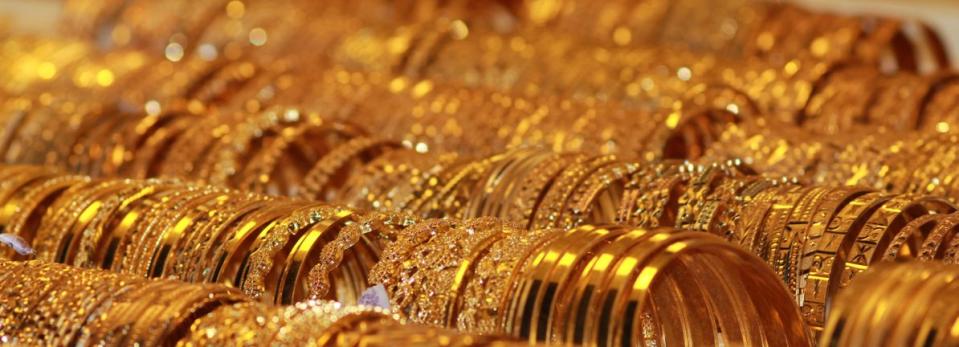Royal Gold, Inc.'s (NASDAQ:RGLD) Could Be A Buy For Its Upcoming Dividend

It looks like Royal Gold, Inc. (NASDAQ:RGLD) is about to go ex-dividend in the next 4 days. You will need to purchase shares before the 2nd of April to receive the dividend, which will be paid on the 17th of April.
Royal Gold's upcoming dividend is US$0.28 a share, following on from the last 12 months, when the company distributed a total of US$1.12 per share to shareholders. Looking at the last 12 months of distributions, Royal Gold has a trailing yield of approximately 1.2% on its current stock price of $90.56. If you buy this business for its dividend, you should have an idea of whether Royal Gold's dividend is reliable and sustainable. That's why we should always check whether the dividend payments appear sustainable, and if the company is growing.
See our latest analysis for Royal Gold
Dividends are usually paid out of company profits, so if a company pays out more than it earned then its dividend is usually at greater risk of being cut. That's why it's good to see Royal Gold paying out a modest 43% of its earnings. Yet cash flows are even more important than profits for assessing a dividend, so we need to see if the company generated enough cash to pay its distribution. Fortunately, it paid out only 31% of its free cash flow in the past year.
It's positive to see that Royal Gold's dividend is covered by both profits and cash flow, since this is generally a sign that the dividend is sustainable, and a lower payout ratio usually suggests a greater margin of safety before the dividend gets cut.
Click here to see the company's payout ratio, plus analyst estimates of its future dividends.
Have Earnings And Dividends Been Growing?
Stocks in companies that generate sustainable earnings growth often make the best dividend prospects, as it is easier to lift the dividend when earnings are rising. If earnings decline and the company is forced to cut its dividend, investors could watch the value of their investment go up in smoke. That's why it's comforting to see Royal Gold's earnings have been skyrocketing, up 21% per annum for the past five years. Earnings per share have been growing very quickly, and the company is paying out a relatively low percentage of its profit and cash flow. This is a very favourable combination that can often lead to the dividend multiplying over the long term, if earnings grow and the company pays out a higher percentage of its earnings.
Many investors will assess a company's dividend performance by evaluating how much the dividend payments have changed over time. In the past ten years, Royal Gold has increased its dividend at approximately 13% a year on average. It's exciting to see that both earnings and dividends per share have grown rapidly over the past few years.
Final Takeaway
Has Royal Gold got what it takes to maintain its dividend payments? Royal Gold has been growing earnings at a rapid rate, and has a conservatively low payout ratio, implying that it is reinvesting heavily in its business; a sterling combination. It's a promising combination that should mark this company worthy of closer attention.
On that note, you'll want to research what risks Royal Gold is facing. To that end, you should learn about the 2 warning signs we've spotted with Royal Gold (including 1 which makes us a bit uncomfortable).
If you're in the market for dividend stocks, we recommend checking our list of top dividend stocks with a greater than 2% yield and an upcoming dividend.
If you spot an error that warrants correction, please contact the editor at editorial-team@simplywallst.com. This article by Simply Wall St is general in nature. It does not constitute a recommendation to buy or sell any stock, and does not take account of your objectives, or your financial situation. Simply Wall St has no position in the stocks mentioned.
We aim to bring you long-term focused research analysis driven by fundamental data. Note that our analysis may not factor in the latest price-sensitive company announcements or qualitative material. Thank you for reading.

